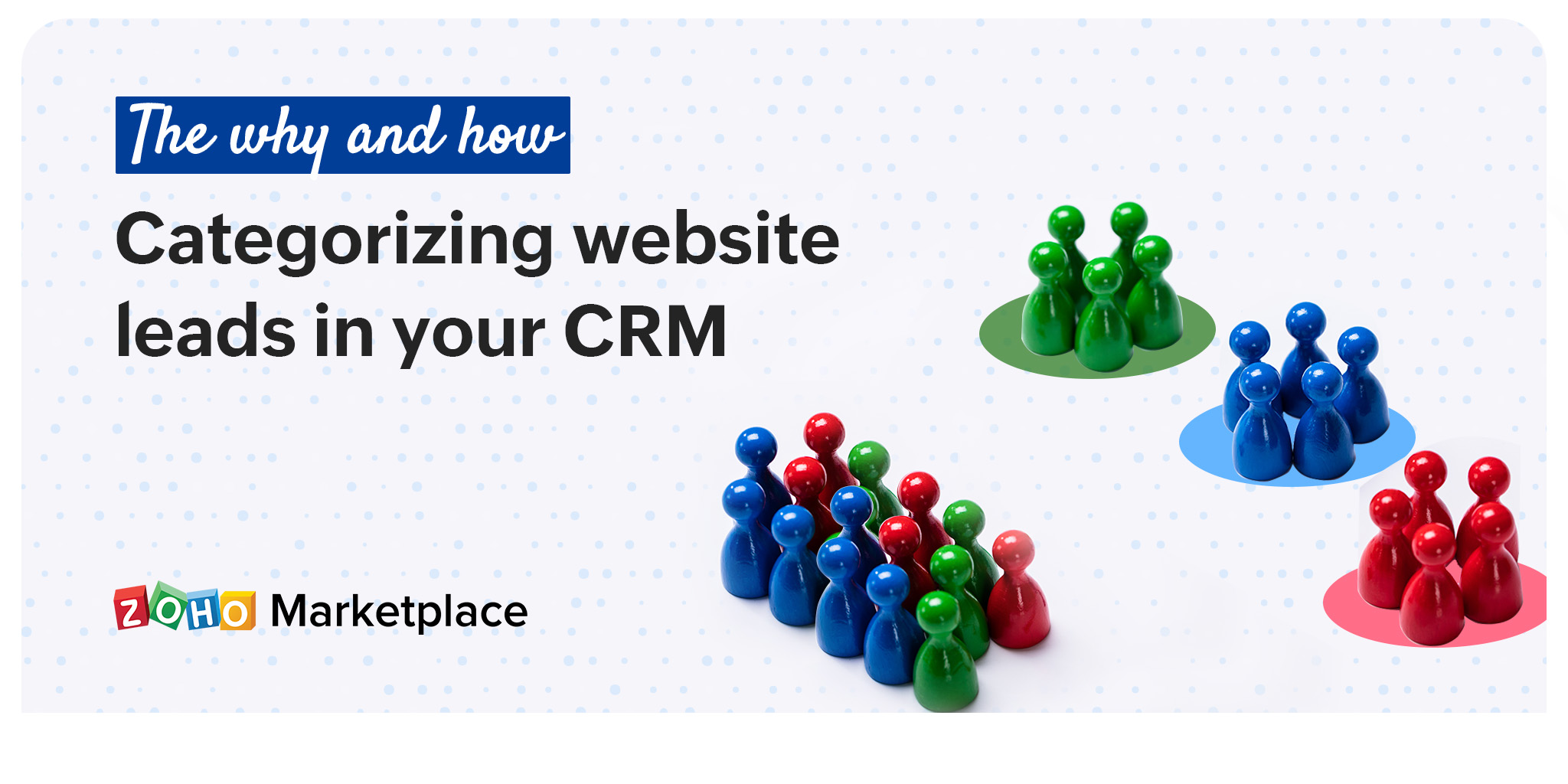
This is a guest post by Gravity Forms.
It’s always a good idea to capture as many leads as possible, but how do we manage those leads and determine their quality? Not all leads are created equal; only a small percentage might be relevant or worth taking action on.
Why categorize website leads?
Collecting data on leads without context will leave your team searching for relevant information they can take action on. A website might generate leads through a variety of forms: newsletter sign-ups, user account registrations, blog comments, online sales, and contact forms.
All of these website leads may be worth adding to your newsletter mailing list—with their permission of course—but in the right hands, the best leads could have far more value.
The context of where and how those client leads were captured can help inform how they should be routed in your CRM.
How do you categorize website leads?
#1 Based on the language your leads speak
If you offer content on your website in multiple languages, this is a great opportunity to segment those customers based on those languages, passing them on to agents or departments fluent in them. Different regions may also have different needs that can best be met by different teams in your organization.
#2 Based on your leads' needs
Forms with a variety of options, like a quiz or a multi-page form, can help you gather more information about the contacts you're gathering. Someone that answers these questions one way might be a great sales lead and another might be more appropriate for your newsletter.
Using Gravity Forms to harvest leads contextually
There are many ways to integrate forms from your website into Zoho CRM. For WordPress-powered websites, you have options like Gravity Forms to help you build custom forms and connect them with Zoho CRM to add new contact information and share new leads with your team members.
The Gravity Forms Zoho CRM integration can help you bridge the gap between WordPress and Zoho CRM, ensuring that your client data is integrated between both platforms.
This integration can help automate your sales pipeline by enabling you to create new contacts in Zoho CRM, update existing contacts in your CRM, or create new sales leads when a form is submitted.
Final thoughts
By taking a more mindful approach to your data collection, you can concentrate on the leads with the most potential and get them into the right hands. And with Gravity Forms, you have the tools to set up the workflows you need easily, automating the time-consuming manual process of filtering captured data.
Try Gravity Forms for Zoho CRM
Work smarter by adding new capabilities to Zoho CRM with business solutions from Zoho Marketplace. Explore Zoho Marketplace >
Get the latest news on useful apps to simplify work and increase productivity. Subscribe to the Marketplace newsletter >
Comments